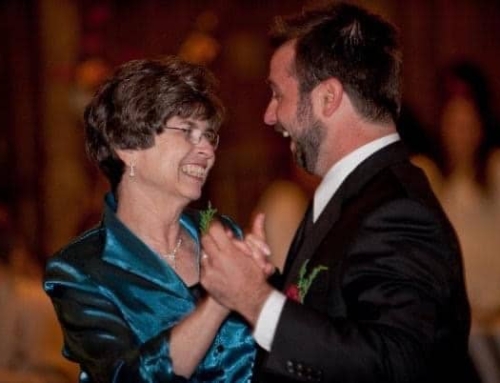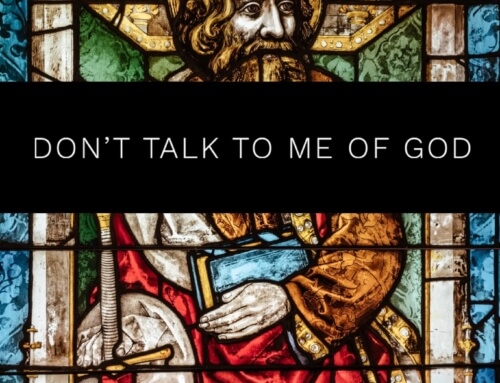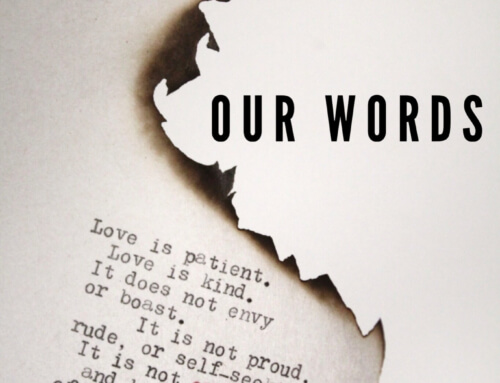“The wailing of broken hearts is the doorway to God” —Rumi, 13th Century Poet/Mystic
Do you ever feel like you are walking through life with no skin on? When everything hurts. Your entire body tenderized. People’s words feel like arrows as you hobble along not knowing if you can endure one more blow. Death feels like the best option and yet hopeless because you are already living death. Loneliness and exhaustion become your food, your stomach tying knots around those knots.
I have only felt the futility of death so poignantly a few times in my life. I have tried different modes of coping, whether a cacophony of addictions or contempt and violence toward myself. If making myself the villain didn’t work (it never does) I would just project it onto others as an attempt to make my heartache less painful. I have tried zoning out in front of the TV, endless games of Scrabble and chess (okay, Candy Crush too) on my iPhone. They all numb me for moments, but none actually mend what is broken inside.
Yet over the past couple years I have tried a new approach, which is to feel. To touch, smell, see, taste, and hear the fullness of loss. At times the weight is so heavy on my chest that my bones bend and my heart rips in ache. This is the impression of death and its tumultuous outpouring, the stage of acute grief. When you lose big, when you courageously risk, put your love on the line, and end up empty-handed and confused.
The problem then lies in the unconscious vow we make in light of the pain. We vow to play safe, to remain isolated, love half-heartedly, never going all in again. The drawback with this vow is that joy and grief are on a continuum. If you never allow yourself to feel the pain of loss, the betrayal of hope, you will certainly not feel the depth of true joy. Grief serves as a shovel for the soul. It digs, mines, and excavates painfully, at times violently. Grief digs to make space for deep delight to enter those vacant spaces. This is the posture of vulnerability; it is both terrifying and stirring, and a prerequisite for a broken heart and full life.
We see an example of this in the scripture. In Acts 7:54, Steven is about to be stoned to death by the Sanhedrin, when “He looked up to heaven and saw the glory of God.” In the midst of Steven’s most gruesome death, the glory/joy of God was on him. Steven had the courage to enter death and thus experience a soulful resurrection. Suffering and joy are never far apart and always parallel in the journey of a Christ follower. The Apostle Paul reminds us of the same in Romans 8:17: “We share in his sufferings in order that we may also share in his glory.”
To heal from heartache we must follow our Savior’s example, asking us to invite the brutality of the crucifixion, which is an invitation to enter into our own death stories. This is Good Friday, the weeping, anguish, and devastation of a love lost. When we give ourselves permission know the texture of our own agony, rather than trying to escape it.
Then comes Holy Saturday, when we must taste the obesity of death, allowing ourselves to sit with the unknown darkness, with futility and powerlessness. To continue mourning and feeling the pain that comes with losing someone or something that you were most loyal to.
Finally—yes, finally—comes Resurrection Sunday. We savor the wonders of our rebirth. We are humbled, exhausted, and relieved, as we learn to rest in the wonder of a holy miracle. When we are in Friday we can’t see Saturday. When we are in Saturday we don’t know if Sunday will ever be true. When Sunday comes, we are fully aware of the goodness and joy, yet never losing sight of the fallen world in which we live.
We are called to live into the tension of all three days, moving in and out of each, and living honestly into both grief and joy. Truly our wailing hearts are the doorway to God.






